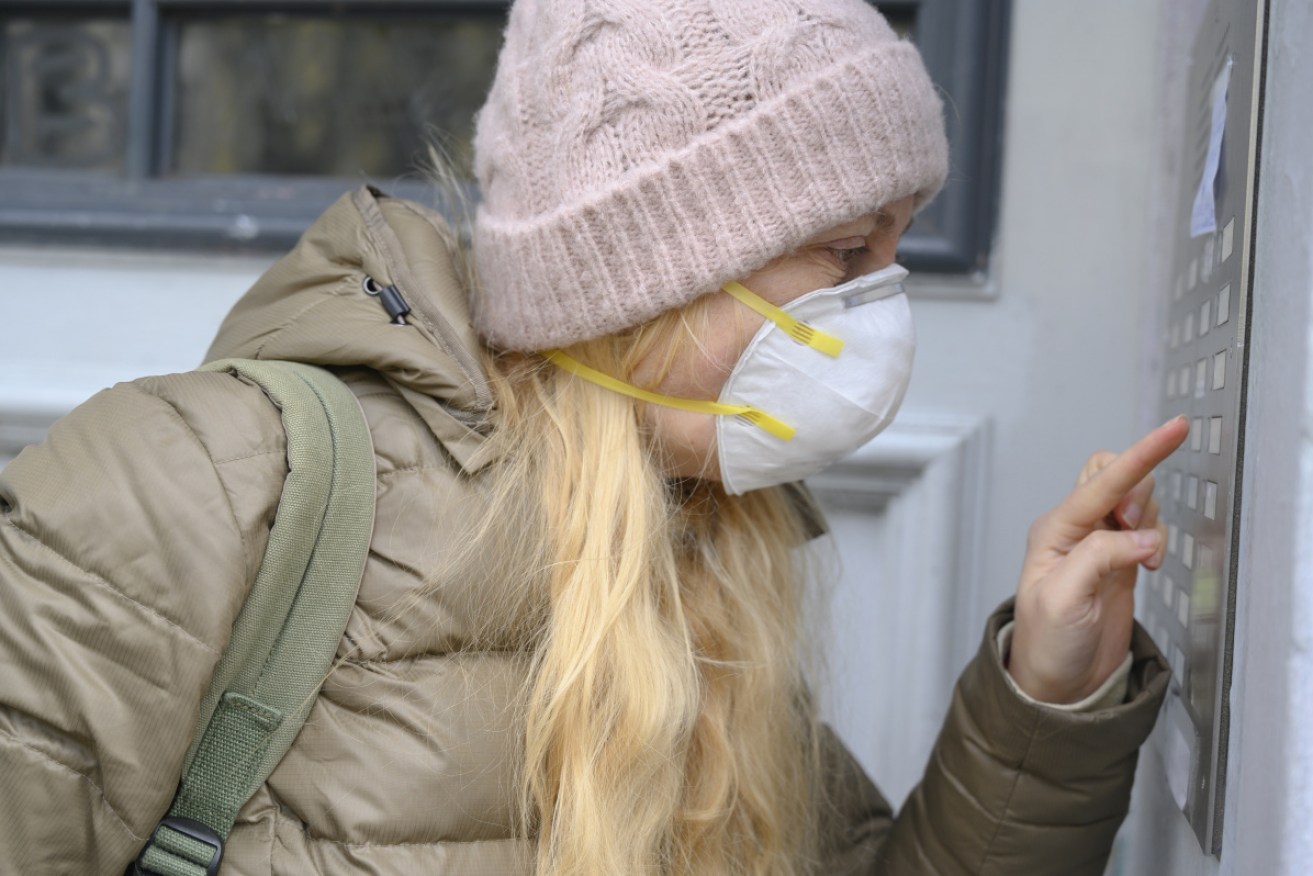Coronavirus Australia: Why you’re 20 times more likely to catch COVID indoors


If you're visiting someone, best to catch up outside, one expert recommended. Photo: Getty
For anyone who thinks Professor Brett Sutton’s comment about the danger of indoor settings is an excuse for you get out of the house, think again.
The Victorian chief health officer said the risk of catching the coronavirus was 20 times higher for people who were indoors.
But before getting ahead of yourself, let’s give this some context.
Professor Sutton said: “It is a combination of indoors, which is 20 times more dangerous than outdoors, and the length of time you spend.”
“There are brief encounters indoors, as you get your takeaway coffee, it is much less of a risk,” he told reporters on Saturday.
“But if you are indoors for a protracted period of time that is exactly when transmission occurs. People need to be aware of that.”
The comments come on the heels of the Victorian government announcing grants for business to move outside when it is safe to do so, and the New South Wales government revealing its plan to create a ’24-hour Sydney’.
Curtin University Professor of infectious diseases, Archie Clements said the concern lies with being near someone in an enclosed space where the circulation of air is limited.
Possible virus-containing droplets can hang in the air for longer than if you were in a much more open environment, Professor Clements said.
The enclosed space may have little exposure to UV light, meaning droplets produced during conversations can also survive on surfaces for longer, he said.
The risk of infection is higher with prolonged exposure to an infected person.
Being in large spaces like supermarkets pose less of a risk because you’re not likely to be in prolonged contact with any individual, Professor Clements said.
Though this is not an opportunity for you to spend your time aimlessly roaming around a shopping centre.
Examples of some high-risk scenarios would be if you’re in an enclosed space with someone on transport, in a face-to-face meeting – again, in a confined space – or with a visitor in an enclosed room of your house.
For those who are outside of Melbourne and have the luxury of eating out, sitting opposite someone for the duration that it takes to have a meal is just as risky as the examples mentioned above, Professor Clements said.
And, of course, the risk remains high if you’re in a room within an aged-care facility and you’re in prolonged contact with a healthcare worker, or in a hospital where there is prolonged contact between patients and staff.
Professor Clements said a good idea if you’re meeting with someone from your social bubble, is to have that catch up outside, such as in your garden.
“The smaller the space, the higher the risk,” said Professor Brian Oliver, head of the Respiratory Molecular Pathogenesis Group at the University of Technology Sydney.
But if you have been at home with the same people you live with, and no new people have come inside, there’s no extra risk by you staying indoors, Professor Oliver said.
If you start going outside, especially if you were to go to a shopping centre or a cafe, for example, you’re probably increasing your risk of getting the virus, compared to what it would be if you just stayed home, he explained.
Just remember, “if you are going to go out, you can’t forget that outside is still a risky place”, Professor Oliver said.








